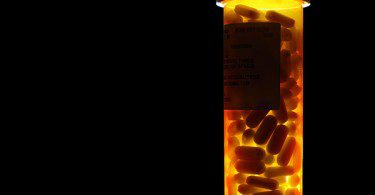When it comes to our medicines system, it is hard to overstate how profoundly broken it is. Here in the U.S., many of our neighbors, especially seniors, are forced to choose between paying...
Fran Quigley
Your tax dollars are making big Pharma rich–twice
Have you heard the old saying that, if you look around a poker table and can’t figure out who is the sucker, then the sucker is you? When it comes to the current medicines system, it is time for us...


